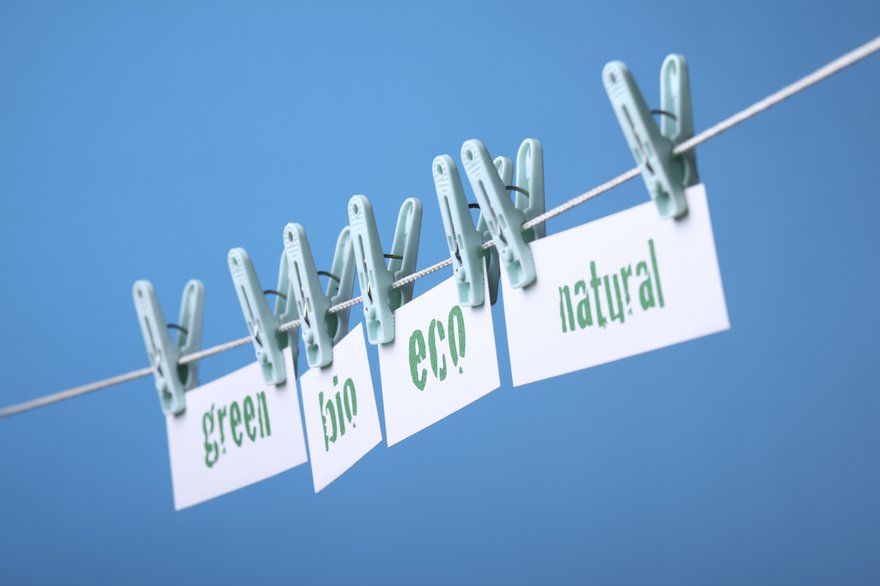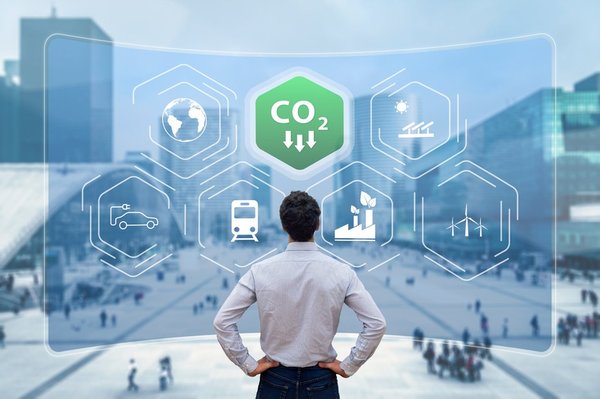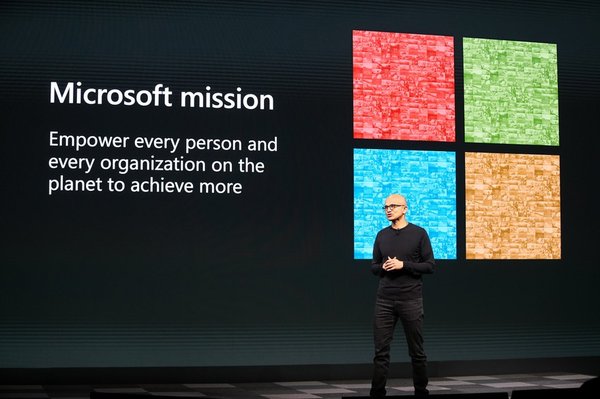If you’ve ever encountered a company that spends more on advertising sustainable objectives than actually implementing them, you’ve experienced greenwashing. Greenwashing includes deceptive marketing, and misleading, vague, or false claims about the sustainable impact or environmental, social, and governance (ESG) of a company. Without advertising standards, companies make claims without repercussions.

Companies have good reason to engage in greenwashing: Sustainable and green investments are growing in popularity. Sustainable investments have shown lower volatility and greater market resilience during market downturns. Green companies also enjoy better public perception and greater investment.
Greenwashing is the attempt of non-sustainable brands to attract public support for green initiatives. Here’s what it is, where we’ve seen it, and how to avoid it.
What is it?
What is greenwashing?
Greenwashing is any false, misleading, vague, or irrelevant claim regarding a company's environmental or social impact. This includes unverifiable claims, distraction from other facts, claiming to be “less bad,” and downright lying. Some companies even use imagery such as green forests on packaging or logos to create an eco-friendly image.
Here are a few simple examples:
- Irrelevant: Walnuts are always gluten-free. A gluten-free label does not make the product different from every other brand.
- Misleading: A major global single-use plastics polluter claiming to reduce a certain amount of plastic gives the impression of sustainability while distracting from the existing pollution issue.
- The lesser evil: Airlines are major polluters. An airline claiming to pollute less than another is a debatable assertion for investors.
- Green imagery: Single-use plastics, including water bottles, are major contributors to the global plastic waste crisis. Yet many bottled waters feature images of verdant forests, pristine mountain streams, or lush tropical landscapes, conjuring a green image. Evian, owned by Danone (DANOY -1.73%), is one of many companies that rely on such practices.
Although any effort is good, the difference between a truly sustainable company and a greenwashed one has real implications for investors. ESG investments perform well because the companies are more effectively managing market risks. Greenwashed companies have all the risks without the advantages.
ESG companies are less volatile because they manage:
- Environmental risks: Companies with low environmental impact are less likely to suffer from pollution regulation or business disruption due to water dependence or climate shifts.
- Social risks: Companies committed to social welfare are less likely to face strikes, factory shutdowns, labor lawsuits, or poor public perception for unfair or unsafe labor practices.
- Governance risks: The least “green” of the three, companies with poor governance can face issues from business ethics to shareholder disputes, unexpected leadership changes, unethical accounting practices, or tax issues.
Companies in any industry can do well by making shifts toward sustainability. If enough companies start to shift, it can lead to lasting change.
Examples
Greenwashing examples
There are so many greenwashing examples to choose from that we could group them by industry. Here are a few major offenders:
Nestle
As the largest global food and beverage company, Nestle (NSRGY -0.09%) could position itself as an ESG leader. Instead, it made vague claims in 2018 about achieving 100% recyclable or reusable packaging by 2025.
Four years later, the company noted that 66% of total packaging is already recyclable or reusable. The problem is this puts the responsibility on governments to create recycling centers and on consumers to recycle. Both situations are almost unheard of in the developing world. As a result, Nestle packaging can be found littering beaches, oceans, and fields.
Nestle also committed to reducing virgin plastic usage by one-third by 2025. This is a good step. However, in the same report, the company quoted a study from Pew Charitable Trusts and SYSTEMIQ that the annual flow of plastic into oceans will almost triple by 2040. Nestle’s actions are too little to stem the critical issue of global plastic waste.
In addition, according to a 2021 World Economic Forum report, only about 5% of Nestle’s emission footprint is generated through direct operations. Emissions by its suppliers are 10% higher and are generally not counted in reporting.
Coca-Cola
Second on the list, Coca-Cola (KO 0.0%) holds the disturbing title of 2021’s largest plastic polluter worldwide -- for the fourth year in a row, according to a global audit from the nonprofit Break Free From Plastic. Despite this, Coca-Cola has made claims that it is committed to get every bottle back by 2030. The company noted that bottles with 100% recycled plastic are available in 18 markets.
In June 2021, the environmental organization Earth Island Institute filed a lawsuit against Coca-Cola for greenwashing its contribution to global plastic pollution.
ExxonMobil
Including all emissions, Exxon Mobil’s (XOM -2.78%) carbon footprint is roughly equivalent to emissions from Canada. And yet, the CEO of ExxonMobil made statements in 2020 about focusing on solving climate change for society as a whole -- without reducing its emissions.
Between 2010 and 2018, Exxon devoted just 0.2% of capital expenditures to low-carbon energy such as wind and solar. The company plans to maintain $20 billion to $25 billion in capital and fossil fuel expenditure through 2025.
BP
Exxon competitor BP (BP -0.38%) officially changed its name to Beyond Petroleum in 2001 and installed solar panels on the roofs of many gas stations. The green revamp was supposed to project an eco-friendly and climate-forward company image.
However, more than 96% of the oil giant’s annual expenditures are still on oil and gas. Although solar is a good step, putting solar panels on gas station roofs won’t come remotely close to offsetting carbon emissions produced from the company’s oil and gas production.
Walmart
Walmart (WMT -0.08%) has faced recent greenwashing criticism for its shift to a low-carbon operating model to keep up with competitors. The low-carbon operating model ignores the fact that the bulk of Walmart’s emissions come from its supply chain. While Project Gigaton is a positive move, the company does not take responsibility for indirect emissions.
In terms of the social parameters of ESG, Walmart has also long faced criticism for employee treatment, including offering only part-time positions without insurance. A low- carbon footprint should not detract from improving working conditions.
Volkswagen
No list of greenwashing examples is complete without Volkswagen’s infamous 2015 greenwashing debacle. This is more than marketing or too little, too late. Instead, Volkswagen went directly into subterfuge territory.
Volkswagen (VWAGY 1.26%) developed proprietary software to detect when a vehicle was undergoing an emissions test and temporarily reduce emissions. The “low-emissions and eco-friendly” vehicles in question were actually emitting as much as 40 times the allowed EPA limit for pollutants. (Just imagine what that ingenuity could create if they used it to reduce environmental impact.)
Fast Fashion
Finally, fast fashion deserves a mention. According to the World Economic Forum’s 2021 report, the fashion industry contributes about 5% of global emissions. Fast fashion encourages the repeated turnover of synthetic fibers and petroleum-based products that end up in landfills or incinerators.
Uniqlo, owned by Central China New Life Limited (9983 -5.45%), Hennes & Mauritz (HNNMY 0.53%), Lululemon (LULU 1.31%), Asos (ASC 0.17%), and Adidas (ADS 1.99%) are just a few of the companies that have been called out for projecting an eco-friendly image while contributing to the pollution problem through fast fashion.
How to avoid it
How to avoid greenwashing
From these greenwashing examples, it’s clear that environmental impact isn’t black and white. Companies can overestimate their green impact while still taking modest steps. The simplest way to avoid greenwashing is to research each company and consider the investment impact.
Companies that use Sustainability Accounting Standards Board (SASB) or International Sustainability Standards Board (ISSB) are better positioned to provide investors with transparency on ESG metrics.
Investors can look for companies using the Task Force on Climate-Related Financial Disclosures (TCFD), Global Reporting Initiative (GRI) standards, or United Nations Principles for Responsible Investing (PRI) reporting standards.
ESG ratings can be another tool to guide investment decisions. The largest two, MSCI and Sustainalytics ESG Ratings, are considered reliable third-party certifications offering a composite score of a company’s environmental, social, and governance impact. Companies that score well on environmental and social impacts are usually “green.”
But even these scoring systems have limitations. Both Sustainalytics and MSCI rate Nestle and Coca-Cola as sustainability leaders despite major plastic production and greenwashing examples. In addition, rating systems often don’t take into account supply chain emissions.
Investors can also choose individual ESG stocks, or use ESG funds, ESG ETFs, and ESG bonds for a broad investment base. Ultimately, investors will need to research sustainability claims and ESG standards, along with fundamental analysis, when considering investment opportunities.


















